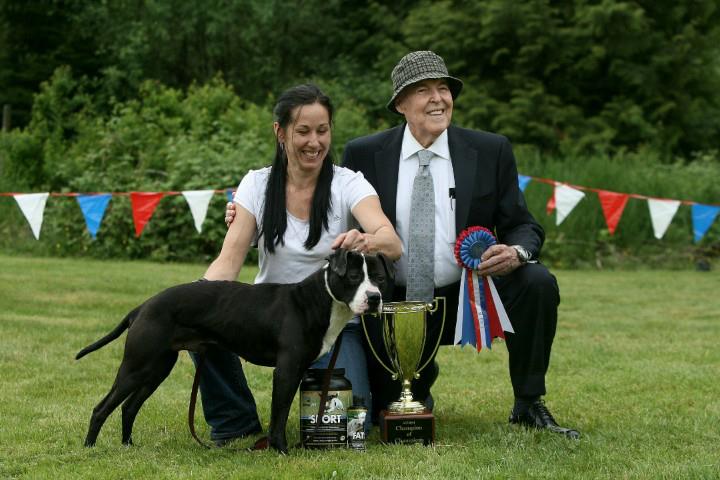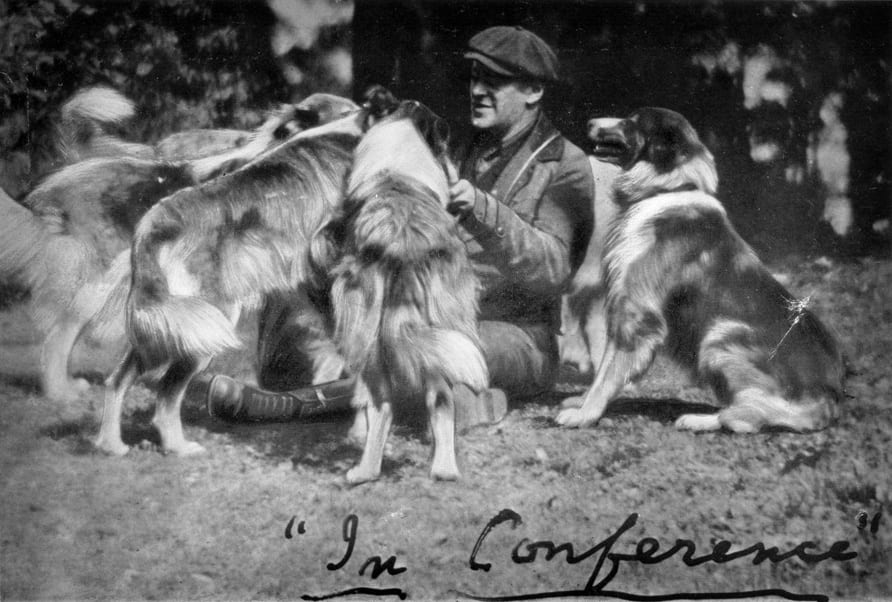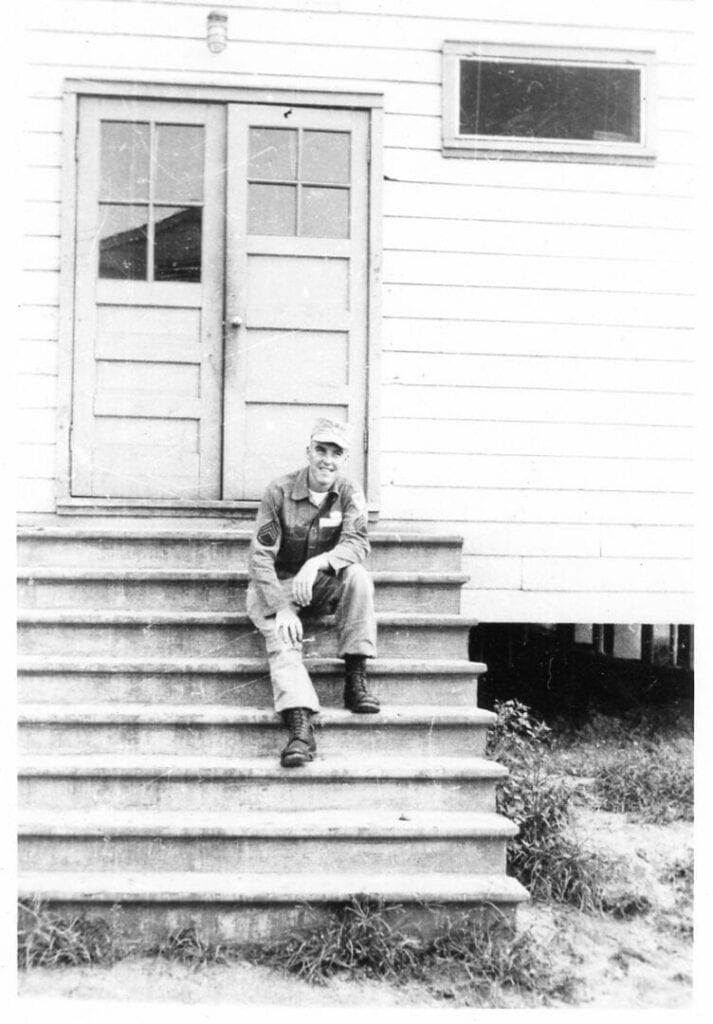Search Posts
Recent Posts
- The Long Goodbye January 18, 2024
- Once More Around the Mulberry Bush January 9, 2024
- The Wash December 28, 2023
- The Truth About Carver Dogs December 1, 2021
- The Question of Pain November 9, 2021
Categories
Subscribe!
Thanks for subscribing! Please check your email for further instructions.
Obsession
Recently, my middle son, Robert, and I were up in Canada for the Ralph Greenwood Memorial Show. I had taken a moratorium on my retirement as a show judge to help out at that event for several reasons: to honor my old friend Ralph’s memory, to see good dogs, and to meet with old friends again. My son was impressed by the passion all of the people had for their dogs and for the breed, and he expressed that to me. I was quite surprised, and my first response was that I must have hidden my own obsession quite well. And here, this was a son who was named in honor of a dog man, the renowned and much lamented Bob Wallace.

I have always been interested in how other people got interested in our breed. Perhaps, some people would be similarly interested in how it happened to me. The following is my story, part of which I have told before.
As a young boy, I listened to my father tell stories about a dog he had as a boy, a Collie named Jack. He apparently was a fighter par excellence, as well as a hero dog in every other respect. Naturally, I wanted a Collie for myself, but it would be some time before we could afford that. I added fuel to my passion for Collies by reading all of the Albert Payson Terhune books. These were written way back circa 1910, but they still remain the most popular dog stories of all time. In those books, Terhune writes about his own show Collies, but he places them in fanciful situations. But the dogs were the stuff of legend. As I have joked before, I read those books so much that I wanted to be a Collie when I grew up! But it was a classic case of overselling a breed. The Collies were a step above all other breeds: the smartest, the best fighters, and second only to the Greyhound in speed. I have since read biographies of Terhune, and he had been a sportswriter at one time, and he often did stories on prize fighters, whom he obviously admired. A big guy himself, he got a chance to spar with some of the great ones of his time. That may have been the reason he made his Collies such great gladiators, but it was all a fantasy of his imagination.

To show how old I am, I read Lassie Come Home before it was made into a movie, and then, later, into a popular television series. In that book, unlike the TV series, dogs acted like dogs—not like heroic people, as was the case with the Terhune books. The author of that book, Eric Knight, was killed in the war.
When I finally got a Collie, using funds I made as a pin setter in a bowling alley, we moved shortly afterwards to Ajo, Arizona, where my father was a border patrolman. The kids next door had a big bully German Shepherd that they would set upon my Collie and make her howl. I was both angered and puzzled. Where was the slashing fighter that Terhune had so often described?
The chief of the Border Patrol at that time, Carson Morrow, was a former sheriff with quite a reputation as a lawman, and he kept game chickens and APBTs. He lent me a small brindle dog as an anti-missile system for the next time the boys got their dog to bully my Collie. I have told that story many times in detail, but as you might imagine, it made me start to think about Bulldogs.
It took several years, but I finally made a complete switch to the breed. By that time, we were back in Colorado. I got a pup from Louis B. Colby in Newburyport, Massachusetts, and I later learned about William J. Lightner down in Colorado Springs. I learned from the man who sponsored my boxing club that he had once had game chickens and Bulldogs. That was Howard Baker, and he was something of a hero to me, as he had been a champion boxer and a successful race car driver. It was from him and another businessman, Mr. Woods, owner of the Imperial Tea and Coffee Company, that I got some of the stories that I put in my books.
It had been difficult for me to keep dogs, as we had traveled so much. My father was single after divorcing my stepmother, and we spent six months in Queretaro, Mexico, when I was twelve years old, and then we went the other direction, up to Montana. Nevertheless, I managed to accumulate, during my high school years, a Colby dog, a Feeley pup, and three Lightner dogs. These were staggered possessions, as I had several other obsessions as a teenager, mainly girls, sports, and cars!
When the Korean War broke out, a high school buddy and I decided to be war heroes. Our preference was as fighter pilots, but it turned out that we had to have two years of college to enroll in flight school. We were geared to go, so we marched right down the street and signed up for the army’s airborne (paratroops). I had been corresponding with I. D. Cole in Arizona, and I sent him the dog I had when I joined the military. Some of the important people that I got to know in the Colorado area were William Lightner, Ed Weldon, George Royce, and Jack Williams. Wherever I was in the military, I had references to Bulldog people. And this was a time when Bulldogs and the people who owned them were quite rare.
We were sent to Fort Ord, California, for basic training, and I stayed on for a little while as cadre there. So now, I got to meet some of the California people.
Jack Williams had moved to California, and he introduced me to Howard M. Hadley of Covina at that time. (Later he got a country place in Glendora.) Howard was a wealthy man, as he had many acres of orange groves. (I still see “Hadley Orchards†in my travels through California.) Howard was very scholarly about the breed, and his dogs were kept in luxurious kennels, perhaps the finest I have ever seen. Howard was the nephew of D. A. McClintock, a very influential dog man back in the 40s and 50s. McClintock was one who treasured the Old Family Red Nose dogs, back before a lot of the other dog men had caught on. It was Howard who referred me to Bob Wallace. At Fort Ord, I was closer to San Franciso than Los Angeles, so Howard referred me to Louis Sylvestri up in San Francisco. He was down to one dog, but he was a very wealthy man, having made his fortune with a chain of shoe repair shops, and he was an avid photographer. He had all kinds of pictures, not to mention film, of dogs he had seen in conventions when he visited down South. He also referred me to Bob Wallace, as I had received orders by that time to go to Fort Campbell, Kentucky, to report to the 11th Airborne Division (now inactive). That wasn’t in the immediate neighborhood of Wallace in North Little Rock, Arkansas, but it was within striking distance.

During my time in the military, I got to know dog men all over the area, and I took fellow friends in the service with me to Leo Kinard’s famous conventions in Meridian, Mississippi. I failed, however, in my ambition to be a war hero, as I just could not get assigned to Korea. In retrospect, I’m glad that I didn’t go, and I have since become quite a peace proponent, doing a 180 on my original attitude, but I’ll tell that story at another time. I still love the military, and I got a lot out of it then. I went to all the schools I could, including ranger training, bomb disarmament, jumpmaster school, reconnaissance (where I finally learned to fly airplanes), and CBR (Chemical, Biological, and Radiological warfare) school. As a consequence of that, I was part of the troops used in the Camp Desert Rock, Nevada, atomic bomb tests.
Since I was so enthusiastic for the military, I gained rank quickly and was recommended for officer’s candidate school. However, I declined the latter, as I decided to use my GI Bill to go to college, and I was discharged as a staff sergeant.
Even attending college, I kept dogs. I had a part time job with a veterinarian, and he had property where I could keep a couple of dogs, and I even got one of my fraternity brothers to take an interest with me. When I was close to graduation, I was married to my wife Stephanie. I was 26, and she was 20. At the time, I had two Wallace dogs.
I had begun to take an interest in biology, and that made me aware that, even then, that the human population was expanding exponentially, so I tried to talk my young wife into enjoying my nieces and nephews and keeping dogs instead of children. It wasn’t that I didn’t like children, as I really did. But I didn’t want to add to the overpopulation problem or give hostages to it. However, Stephanie wanted three children—so we compromised and had three boys!
With work and raising children occupying so much of my time, I only kept one dog at a time for quite a while. But when I learned Bob Wallace had put down almost his entire strain during a bout of extremely bad health, I became interested in trying to keep the Wallace line going, as Jack Williams had done for the Feeley line. The only problem was that I had only one male to work with, Wallace’s Bad Red. But it got me interested in breeding dogs.
The dogs have always been an important part of my life, and they are never far from my thoughts, but I have certainly enjoyed my three sons and my three grandchildren, but I don’t try to inculcate the Bulldog obsession into them. If they take an interest, that is fine. They certainly all love dogs and other animals. I have only one grandson, Hunter, and he recently made me proud by winning the local high school baseball championship. He also received a trophy for best offensive player, and several colleges are recruiting him because he is also a straight A student. Will he ever take an interest in the dogs? Certainly, he is too busy now to even think about it, but Bulldogs are his favorite breed, as well as for my granddaughters.
Part of the mystique of the breed is that it seems to be part of our DNA to worship heroism. It is my opinion that our breed comes the closest to providing a dog avatar for that trait. Besides that, there is just something special about the American Pit Bull Terrier! When I wrote my first book, the book editor, who had edited many dog books, called mine the most interesting he had done, and that he even understood the obsession with this breed, unlike the others. That indicated to me that our obsession, although somewhat unique, is not an aberration. In any case, I have been stuck with it all of my life, whether it was normal or not!